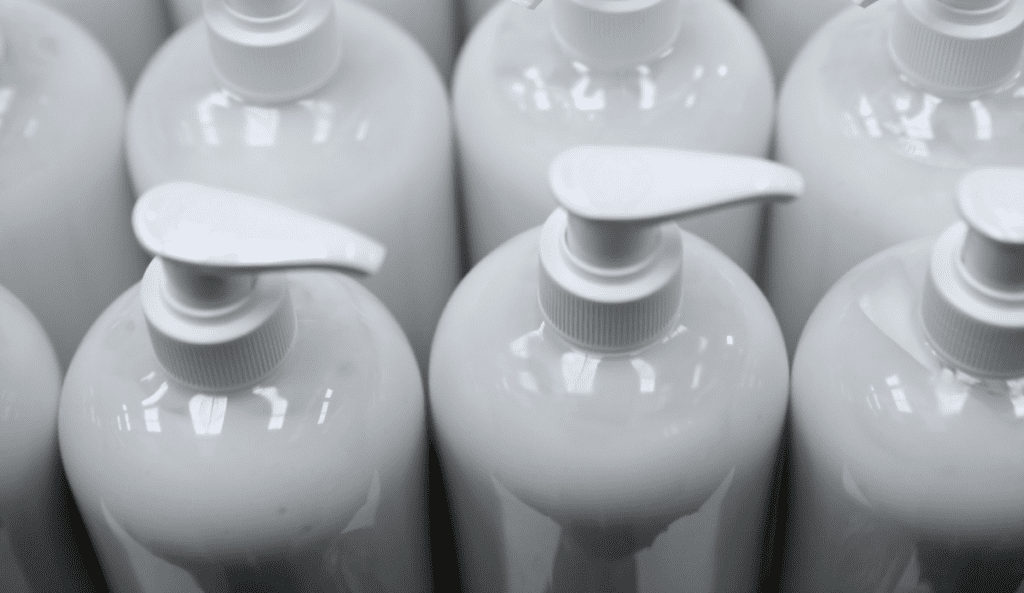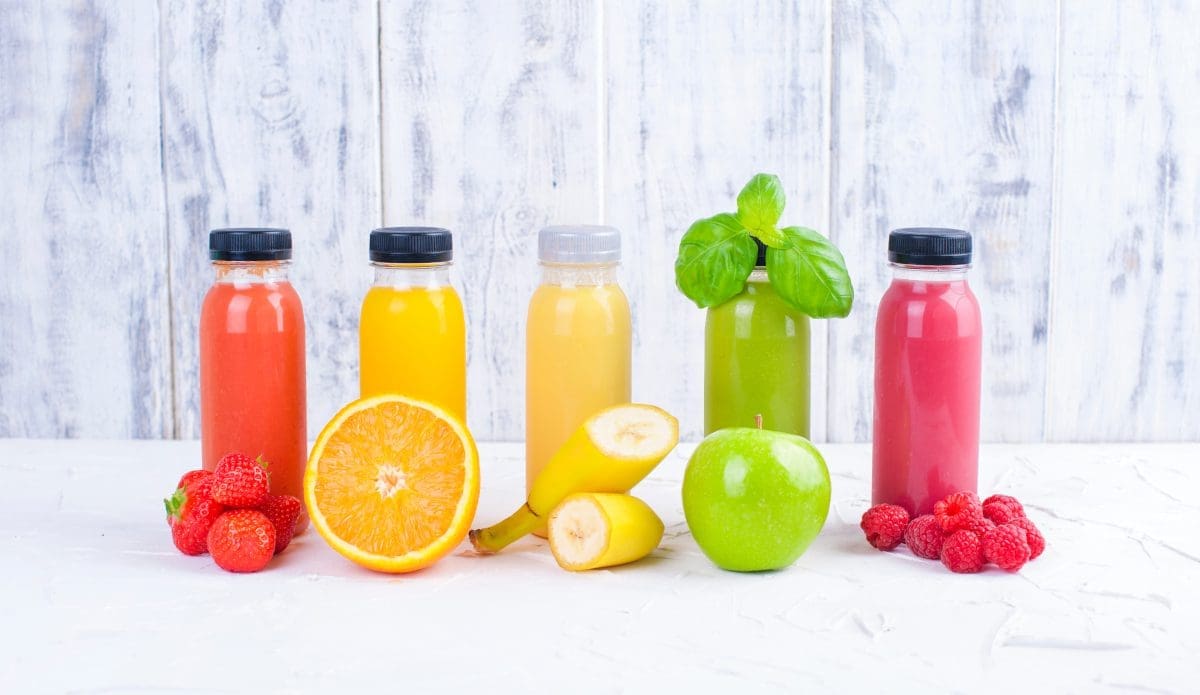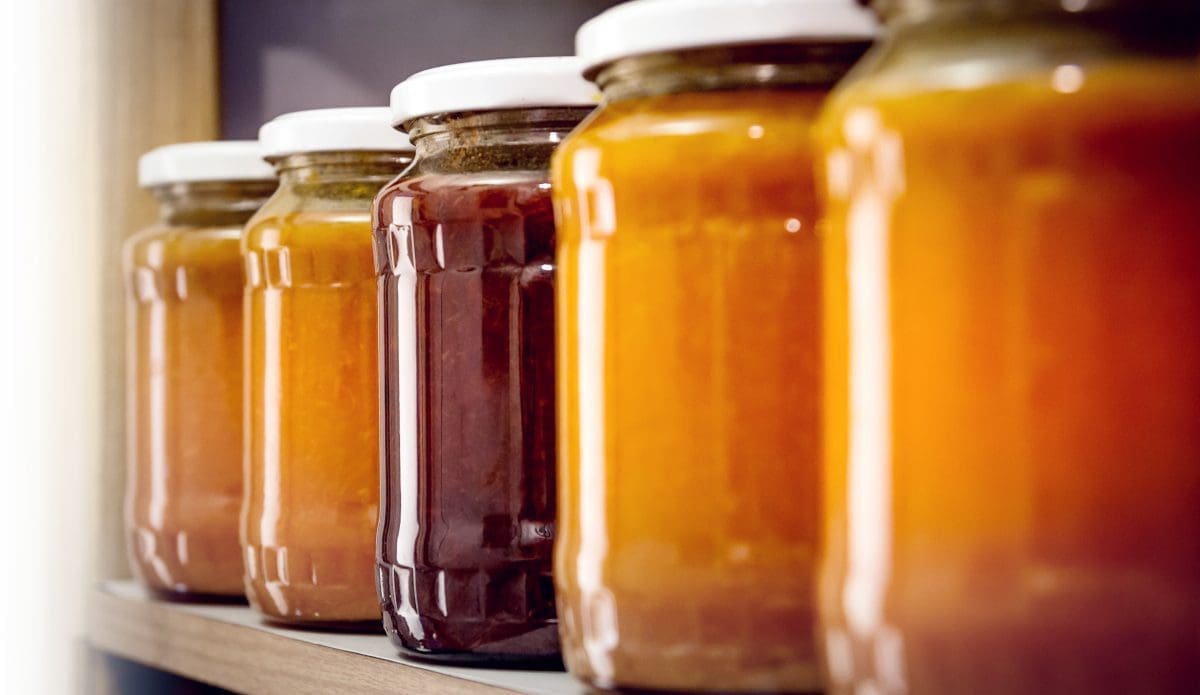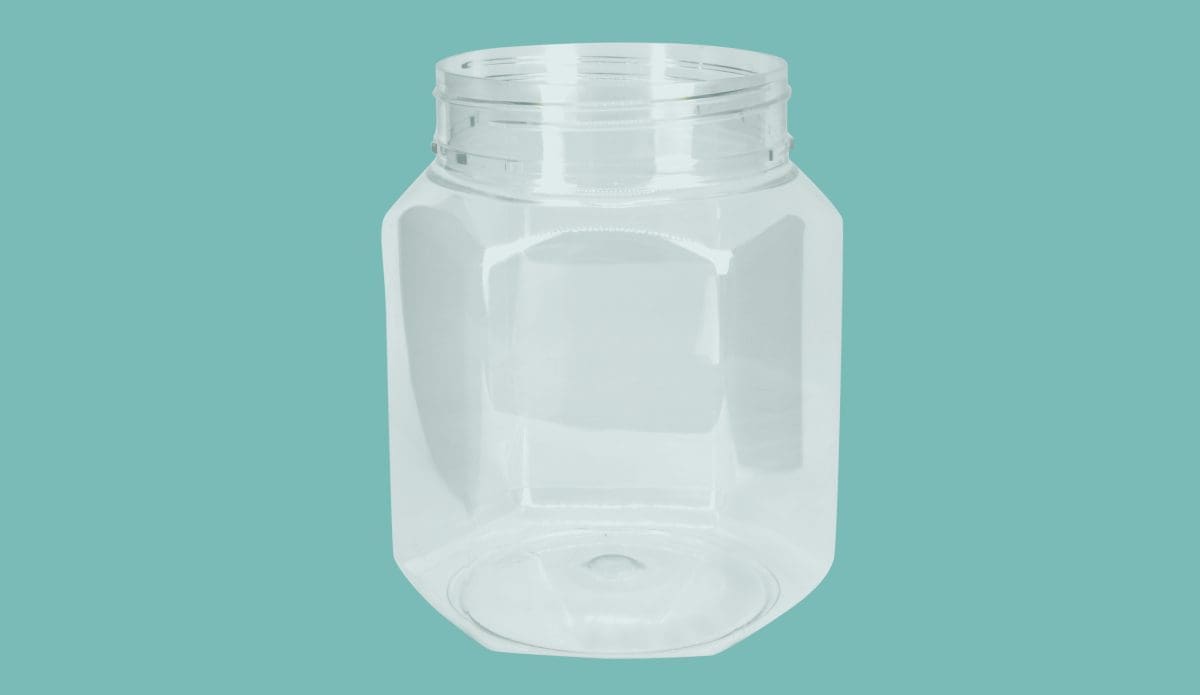Plastic Bottles in NZ: The Differences Between PET, LDPE and HDPE Explained
PET, LDPE and HDPE bottles are all made from different types of plastic. They all have slightly different functions and benefits for a range of products.
The information about plastic online can be conflicting. Here, we compare HDPE, LDPE, and PET plastic bottles in plain English, and in terms of what applications they are best suited for, and their environmental impact. If you’re looking for bottle packaging in NZ, we can help you assess the options and make the best choice.
Tell Me About HDPE Plastic
This dense and robust plastic is commonly found in grocery bags, shampoo bottles, or medicine bottles. It can also be turned into toys, outdoor furniture, and even plumbing pipes. It can be translucent or opaque in a variety of colours.
It’s considered to be more stable that other plastics and resistant to chemicals such as acids. This means it is less likely to leach chemicals, making it more suitable for food and cosmetic packaging. It also is suitable for use in freezing conditions and is safe to be filled with product that is up to 71 degrees Celsius.
Common Uses for HDPE Plastic
You’ll find HDPE used in food and cosmetic packaging due to its stable nature. For instance:
Is HDPE Recycled in NZ?
It’s easily recyclable (number 2). HDPE can be recycled in NZ itself, but only the white and clear bottles. The likes of opaque milk bottles are sent overseas for recycling. While we don’t have specific figures for NZ, in US about 30% of HDPE is recycled, and in the UK, about 20%. Overall, Kiwis only recycle about 20% of their recyclable plastic in total each year.
Tell Me About LDPE Plastic
Cheap and flexible, LDPE is commonly that grocery store or bread bag you see flying through the air. It’s also used for squeezy bottles (like mustard and honey) and some food storage containers. It’s perfect for when you need a super stretchable or flexible container or bottle.
What is LDPE Used For?
Is LDPE Recycled in NZ?
It’s difficult to be recycled (number 4) and currently is not readily recycled in NZ at all.
Tell Me About PET Plastic
Polyethylene Terephthalate (PET) is strong, light, and very versatile. You’ll most likely know it as soda bottles, salad domes, and biscuit trays. It’s completely clear, giving it a high quality appearance.
It’s resistant to a number of chemicals but not alcohols or ketones. It’s good to hold gas and liquids but not high temperature products. It melts at a low temperature, a blast in the dishwasher will deform PET plastic.
What is PET Plastic Used For?
Because it looks great and is resistant to chemicals, you’ll often find it used for cosmetics and skincare.
Are PET Bottles Recycled in NZ?
It is highly recyclable (number 1), and now is even recycled in NZ, closing the loop for PET recycling in NZ. However, despite this, only 17% of NZ’s PET plastic is recycled, due to contamination (primarily other plastics or coloured bottles PET) and poor consumer behaviour.
What’s Best For You?
What plastic is best depends on your product. If you need a sturdy, non-reactive, and stable bottle, then HDPE is best. If you want a softer and more pliable product, then LDPE is ideal. If you want a product to be highly visible inside the bottle and a more crystalline finish, then PET wins.
If you’re unsure, contact us at Comag. We have a huge range of plastic bottles and years of experience making sure the right bottle gets matched with the right product. If you’re looking for plastic bottles wholesale, we are NZ based and supply locally when possible. Give us a call on 09 448 5960 or drop an email at sales@comag.co.nz and we are happy to chat.




